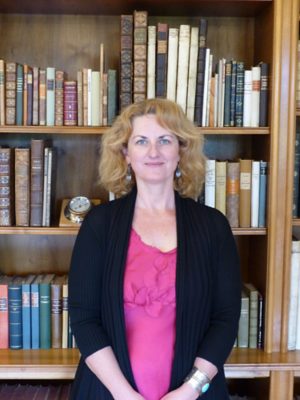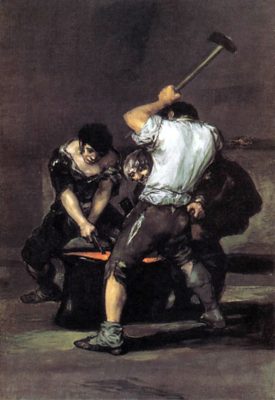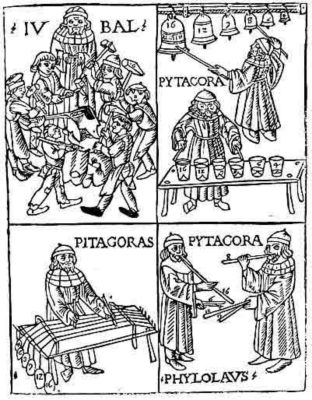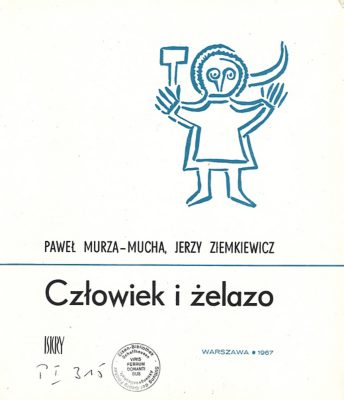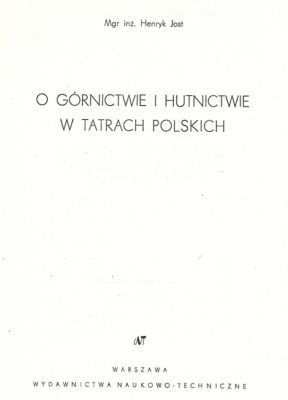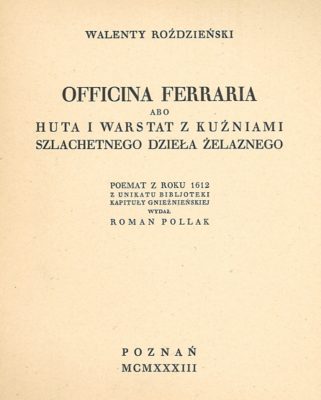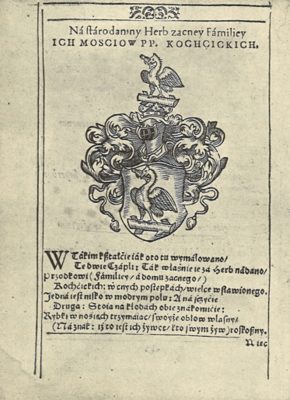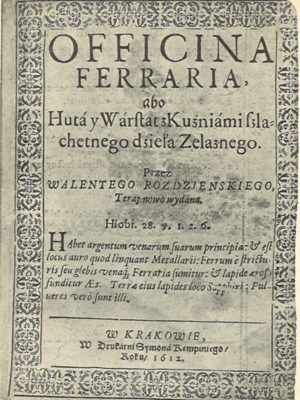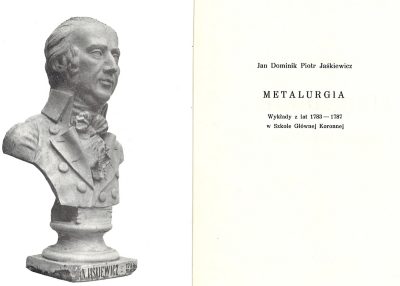Jerzy Piaskowski’s polonica collection
Erschienen im September 2015
Das Lieblingsbuch von Anna Adamek
Sein Lieblingsbuch auszuwählen ist wie sein Lieblingskind auszuwählen – eine unlösbare Aufgabe! Als Scholar in Residence in der Eisenbibliothek hat Anna Adamek so viele aussergewöhnliche Bücher zu Gesicht bekommen. Am meisten überrascht hat sie aber eine Sammlung mit polnischer Literatur zur historischen Metallurgie, die zwischen den 1960er- und frühen 1980er-Jahren erschienen ist. Wie ist diese Sammlung in die Eisenbibliothek gelangt?
